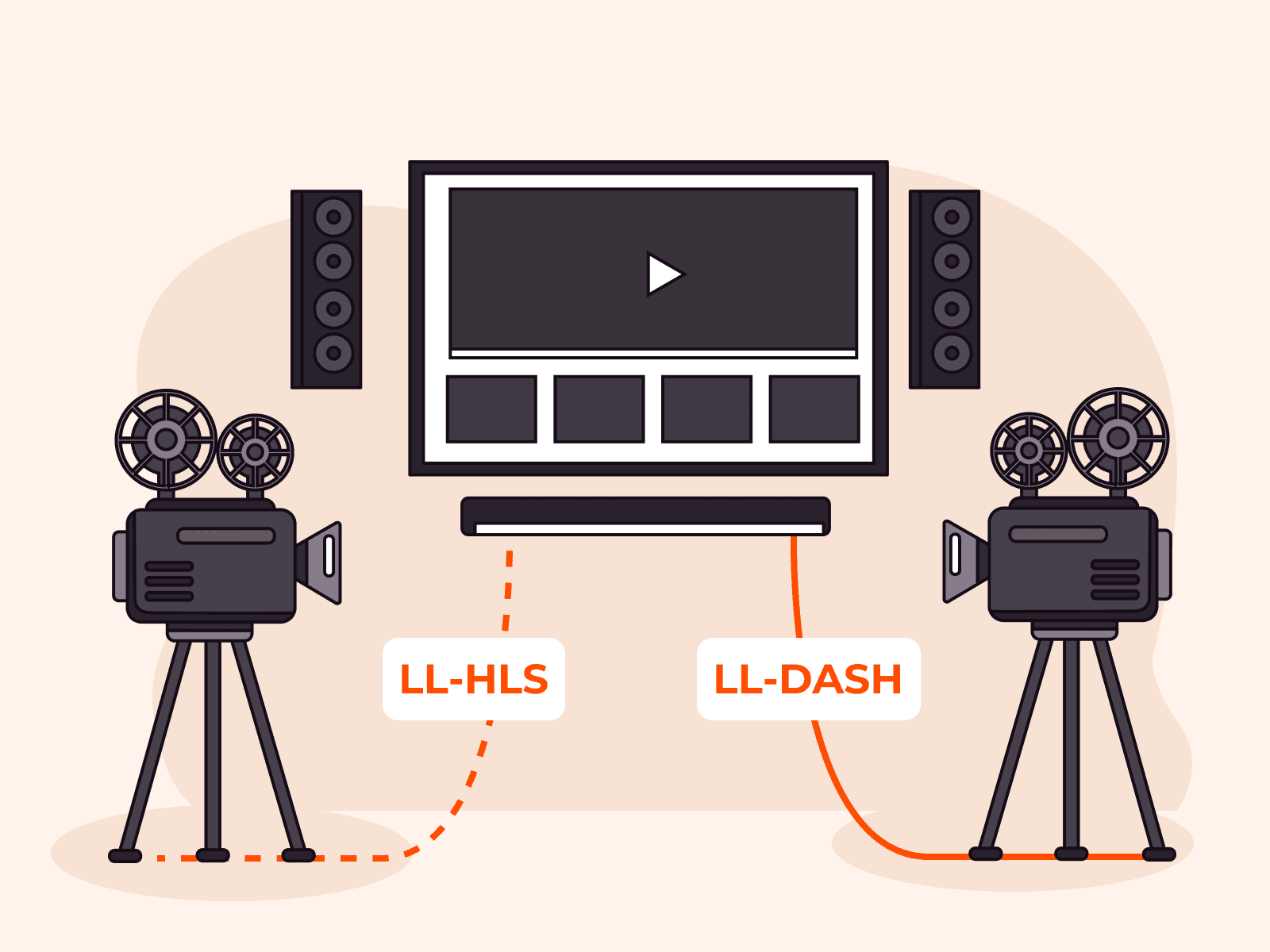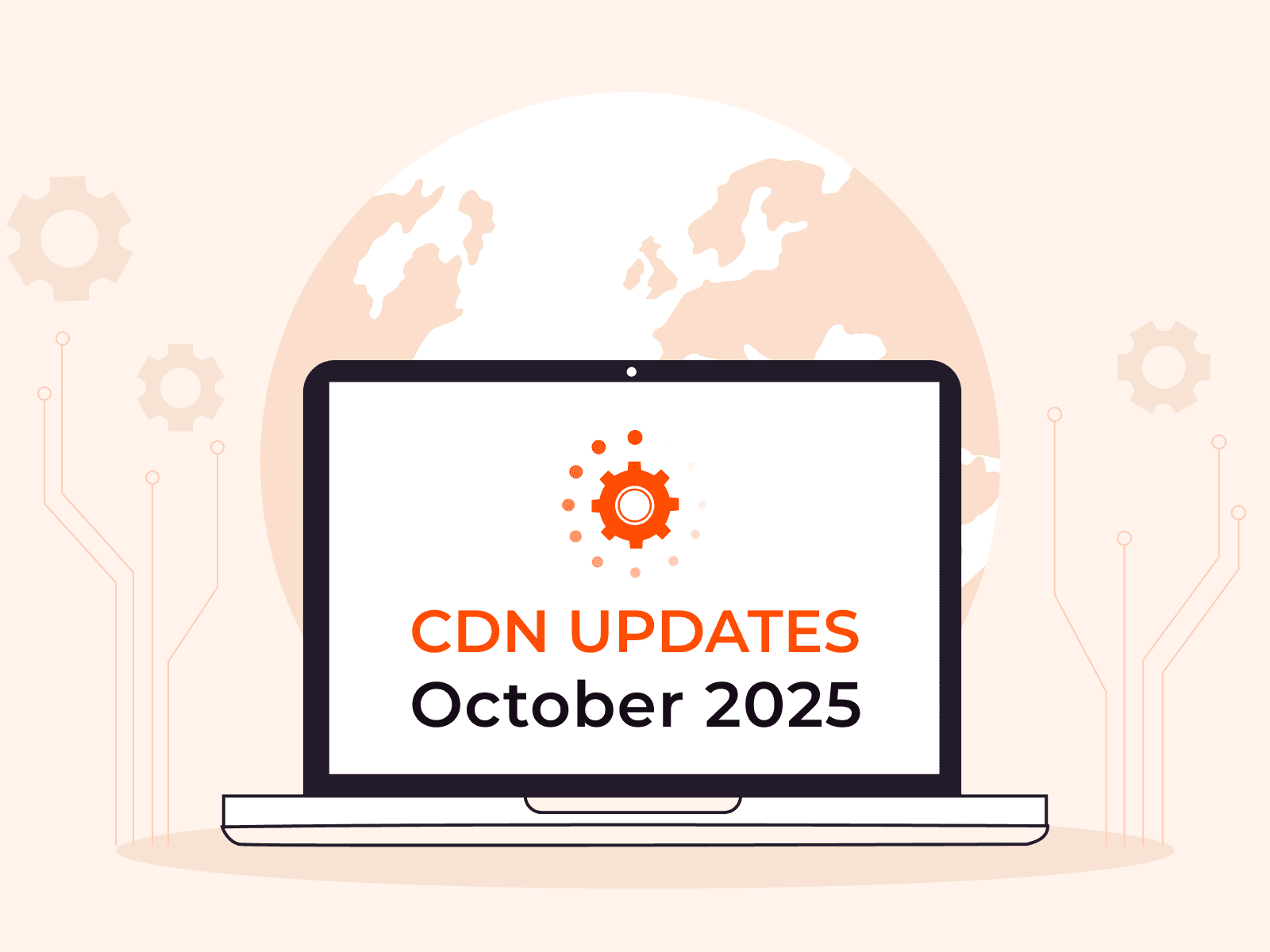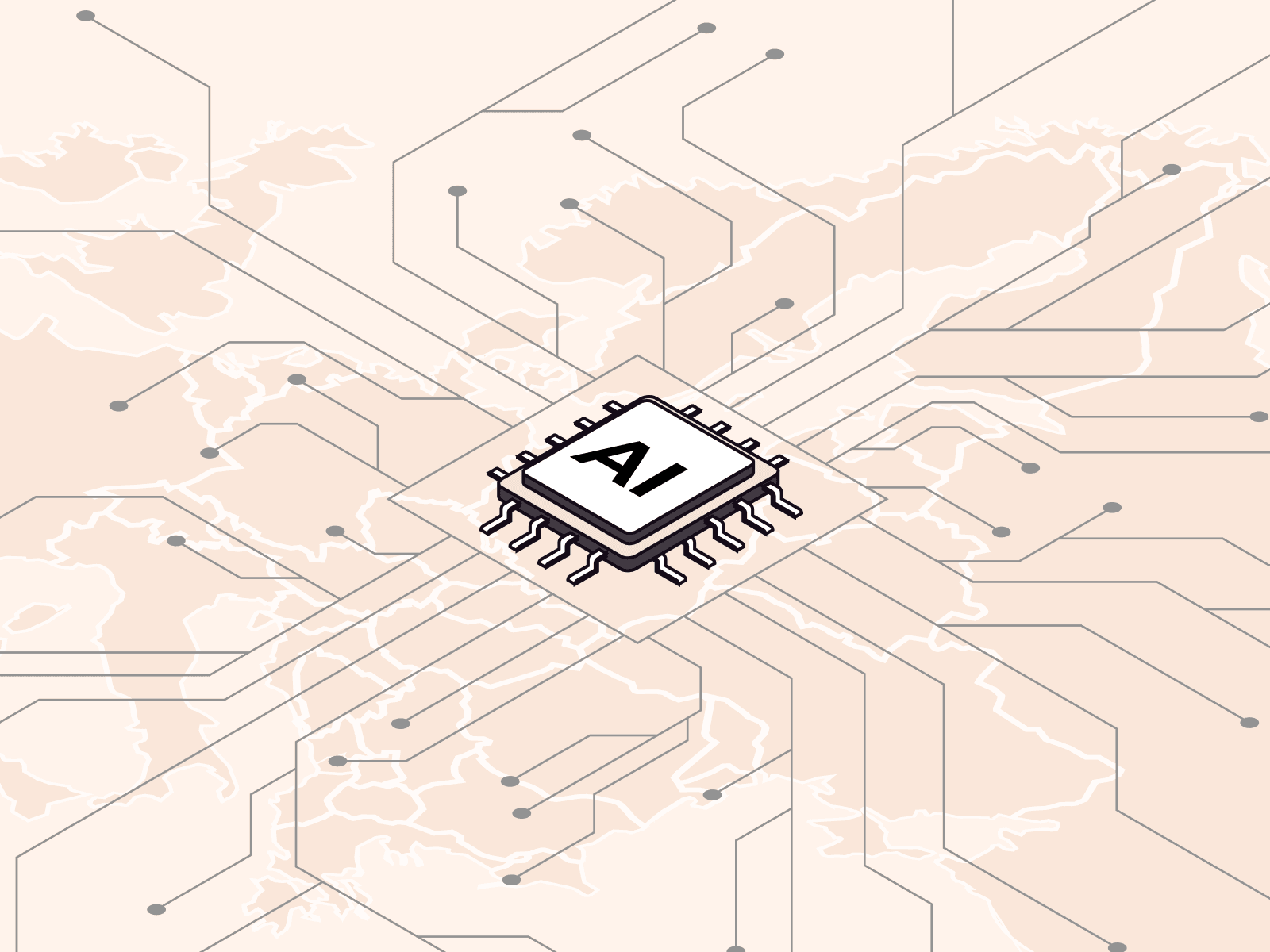Boost Your Streaming Experience with Our Latest Updates
- June 21, 2024
- 2 min read

The latest updates to Gcore Video Streaming are focused on increasing capacity and resources to help ensure smoother, more reliable streaming for your viewers. Here are the key updates from June 2024.
Expansion of US Ingestion Points
We’ve increased the number of ingestion points available across the United States with our latest addition in Miami.
This expansion means that your audience will experience reduced latency and improved stream quality no matter where in the US they’re located. More ingestion points enable better load balancing and faster data transmission, ensuring a seamless viewing experience.
Increased Hot Storage Capacity for VOD in the EU and US
In response to the growing demand for high-quality VOD content, we have significantly expanded our hot storage capacity across locations in Europe and the United States.
This expansion allows for more VOD content to be stored and accessed quickly, providing your viewers with faster start times and smoother playback. Whether your audience is binge-watching TV shows or catching up on missed live streams, they will benefit from faster access and less buffering.
Multiple Ingest Points via API
You can now use multiple ingesting points through our API. This improvement is particularly beneficial for broadcasters with complex streaming setups or those who want to ensure redundancy. By using the push_url attribute in our API, you can now manually select from an array of multi-regional ingestion points, rather than relying on one default point. By fine tuning your streaming setup, you enjoy greater flexibility, improved reliability, and robust streams that can handle varying traffic loads without interruption.
For more details, explore our API documentation. To activate this option, please contact your account manager or our support team.
Updated UI for Video Entity Page in Gcore Customer Portal
We’ve revamped the UI of the video entity page in the Gcore Customer Portal, making it easier to manage and monitor your video assets. More fields are displayed from the API now, providing a more comprehensive overview of your VOD content. Simply log in to the Gcore Customer Portal to explore the new interface and take advantage of its improved functionality.

Here are some key metrics for a typical stream that are displayed in the newest Gcore Customer Portal:
- Status: Ready
- Views: 4,000,000
- Creation Date (UTC): 8/1/23, 3:56 PM
- Duration: 00:36
- Origin Size: 13 MB
- Total Size: 31 MB
- ID: NNN
- Slug: XXX
Together, these metrics give you important insights into how your end users are experiencing video content. For example:
- Status gives a quick snapshot of your video content’s availability, allowing you to take quick action if a problem is shown.
- Views allows instant evaluation of user engagement to inform data-driven decisions on content promotion and production.
- Total Size helps you manage your budget and storage.
These metrics reflect our commitment to providing detailed, actionable data for your streaming content, helping you make informed decisions to optimize your audience’s experience.
Experience Gcore Video Streaming Updates Today!
We are excited about these updates and believe they will significantly enhance your streaming capabilities and your users’ experiences. Whether you’re managing live streams or extensive VOD libraries, these latest improvements to Gcore Video Streaming offer a more efficient, reliable, and user-friendly experience. Log in to the Gcore Customer Portal today to explore these new features.
Related articles
Subscribe to our newsletter
Get the latest industry trends, exclusive insights, and Gcore updates delivered straight to your inbox.






